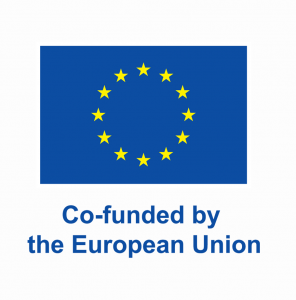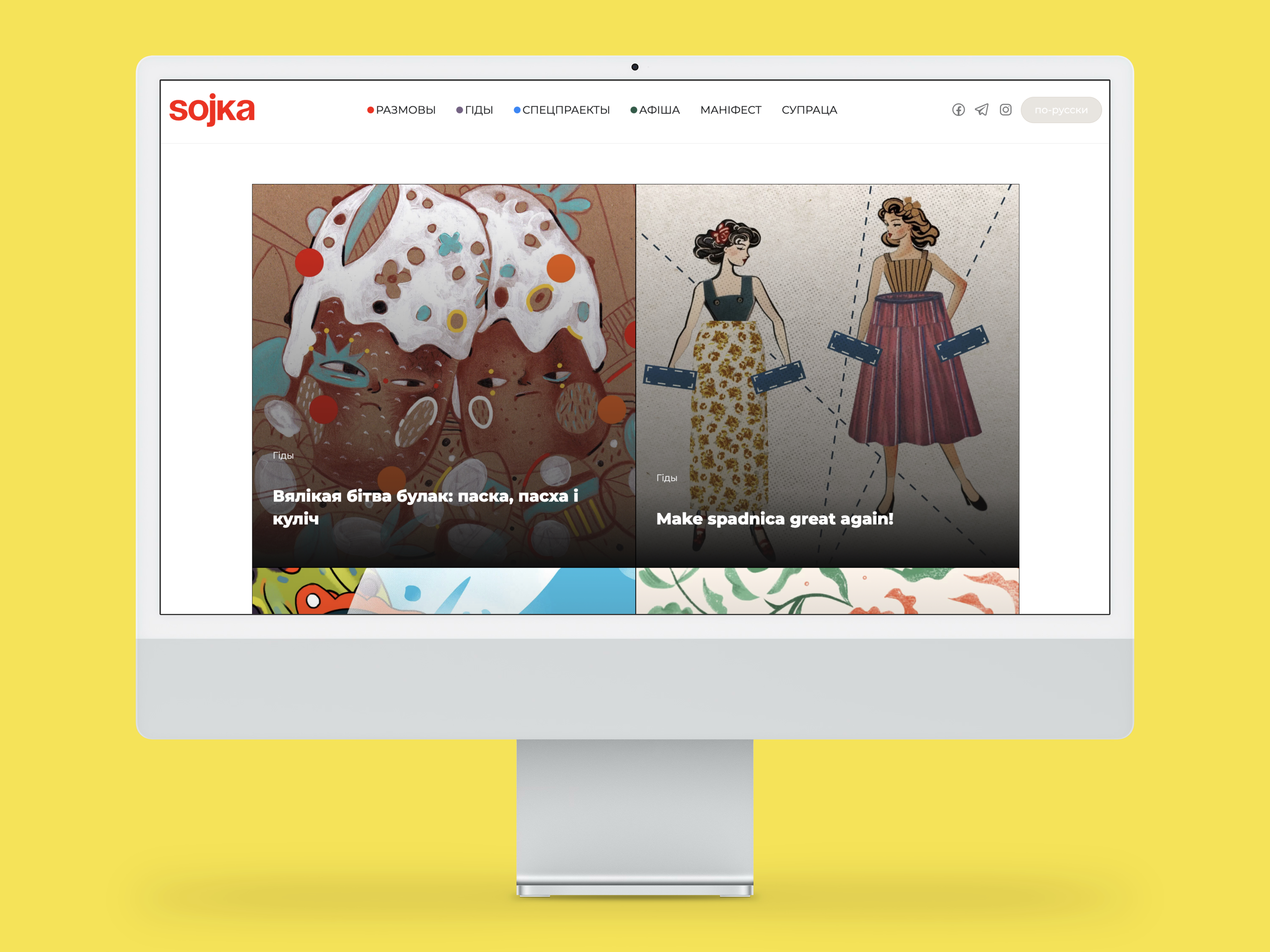This article was written by the Sojka team and lightly edited by IPI for length and clarity. Receive regular updates on IPI’s innovation and media sustainability work by subscribing to our newsletter, The Outlook: Media Innovation Unlocked.
Sojka.io is an online magazine created by a group of experienced journalists for a young Belarusian audience. The magazine began work in 2021 in Kyiv as a website of large useful guides, but over time it swiftly evolved into an Instagram-centric platform, captivating its audience with succinct, visually engaging content presented on vibrant digital cards (we call this format InstaMAG, and judging by the audience reaction, they like it much more than longreads on the website).
When Russia began its full-scale invasion of Ukraine in 2022, the editorial staff had to go through relocation to Poland. Today we work in four countries (some of our employees remain in Ukraine under the threat of missile attacks from Russia). Some work from Belarus, where people are jailed for years for working in independent media. Recently, one of our illustrators went to prison.
Pursuing sustainability in a repressive environment
When we entered the incubator, our primary objective was to establish a sustainable business model that would enable us to consistently generate revenue and compensate our editorial team. Given the challenging political landscape in which we operate, we initially dismissed the idea of engaging directly with our audience or conducting thorough audience research.
During the incubator, we realized that fostering direct connections with our audience and understanding their needs was not optional.
We were instinctively hesitant about engaging in experiments involving the participation of people within Belarus. We had explanations such as: “People won’t openly express their opinions in our comments, given the surveillance by intelligence services on social networks” and “Creating a community would likely yield few participants, as Belarusians are increasingly less inclined to collectively engage with content, let alone register for direct communication with us.”
However, our mentor Fabienne Meijer, reminded us: “You’ll never know until you try!” This simple thought inspired us to start testing new ideas without worrying about failure. Instead of overthinking, we launch our innovation and see what happens. If something goes wrong, we fix it and try again. And if it doesn’t work out, we move on to something else right away.
Asking the audience the right questions
Even though it hadn’t been part of our initial plan, we decided that we would try to learn more about our audience in order to better understand their needs and interests. There were difficulties that we had to overcome: a) the editorial office is physically separated from the majority of readers, our realities are different, and there are some things in Belarusian society we cannot see or verify; b) we don’t have the funds to conduct a large-scale audience interview and we don’t really know how to conduct it.
We created a closed community for our readers, came up with simple safety rules and invited our audience to register and discuss our materials.
So far, our expectations for the number of users have been met by 50%, but we see great potential in this communication, since a closed chat is an opportunity to speak directly with an audience, discuss the topics of articles, and start discussions, which then serve as the basis for future materials.
Initially, we had many questions for our audience, but we needed to select the most basic ones, understand what our tone of voice should be, and what we should ask in order to find out more.
At our meeting in Vienna, Lena Pedersen gave a brilliant workshop on how to conduct audience research and user interviews. This meant understanding how to ask questions in order to hear what readers think and say, and not what we mean and want to hear. Our group is not yet a representative sample, but these are still our readers and we can gather their unique opinions.
So we started communicating, and this has improved the experience both for us and our readers, leading to significant growth in our Instagram account as well as the more modest growth in our small closed community.
Finding new ways to connect
The second idea we tested during the incubator is a question that often comes up in the newsroom, and one that we asked ourselves while creating OKRs for the next months together with IPI’s Head of Media Business and Innovation Ryan Powell. This question is: “If magazines operating in the same place where their audience is located have the opportunity to hold an author meeting or invite people to the editorial office and give them their merch, what can we offer our readers who are separated from us by the border?”
We decided that since we publish so many original illustrations, we could share these with our readers. We printed 300 postcards with the most popular illustrations and first sent them by mail to our chat participants.
Then another idea came to our minds. We collaborated with an independent publishing house, and they held a promotion by putting our postcards in their books. As a result, we received a large number of warm reviews both from our readers and from people who buy books from the publishing house. This was our first step in the direction of printed products and its distribution.
Without the guidance and support of the incubator, we might not have taken the initiative to pursue this avenue.

Sojka was one of the participants in IPI’s New Media Incubator, part of the Media Innovation Europe (MIE) project, co-funded by the European Commission. The programme is led by the International Press Institute, implemented in collaboration with Thomson Media, the Media Development Foundation and BIRN.
